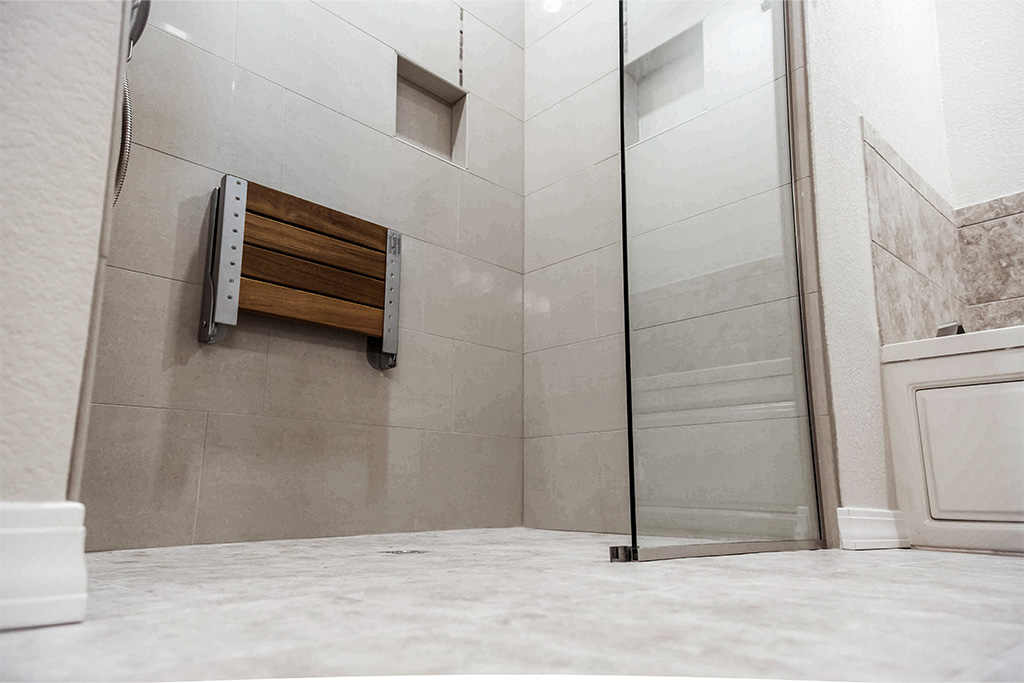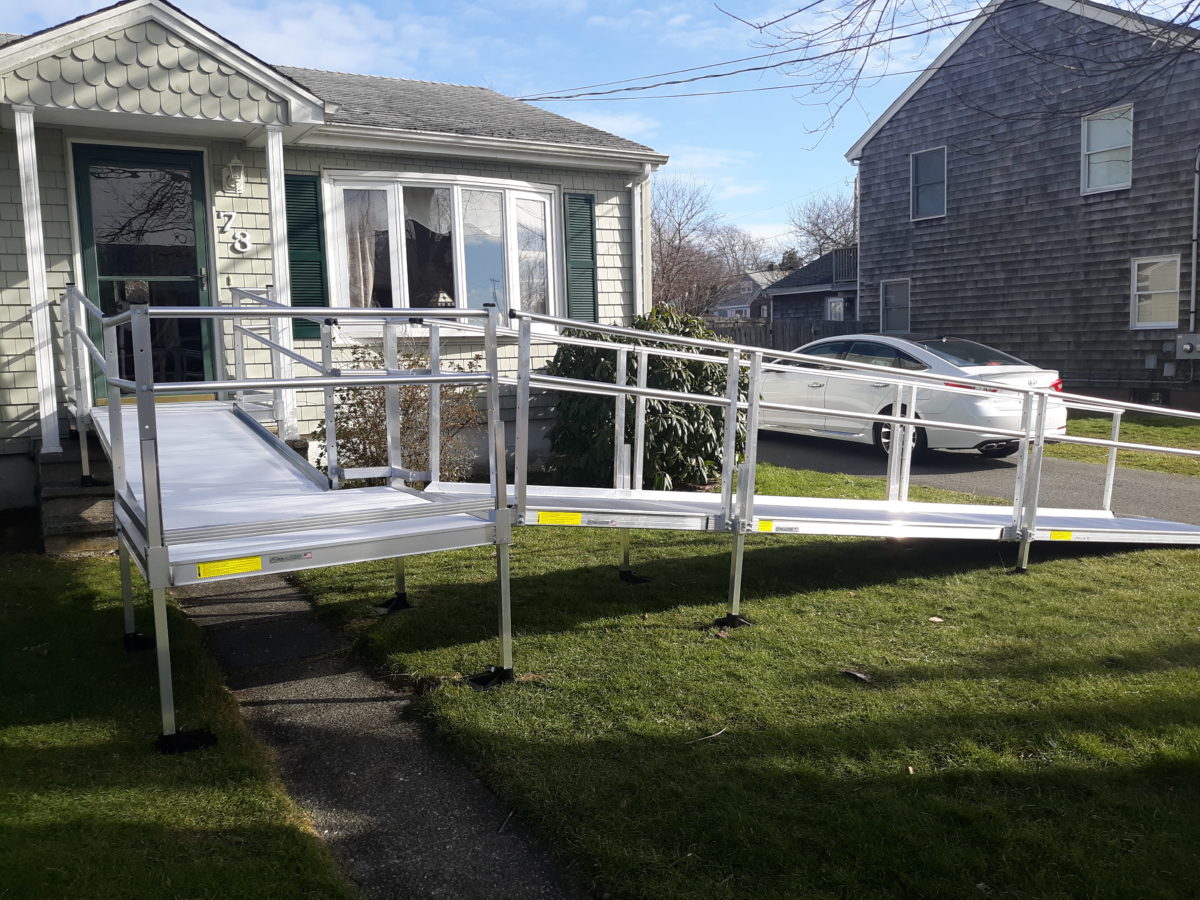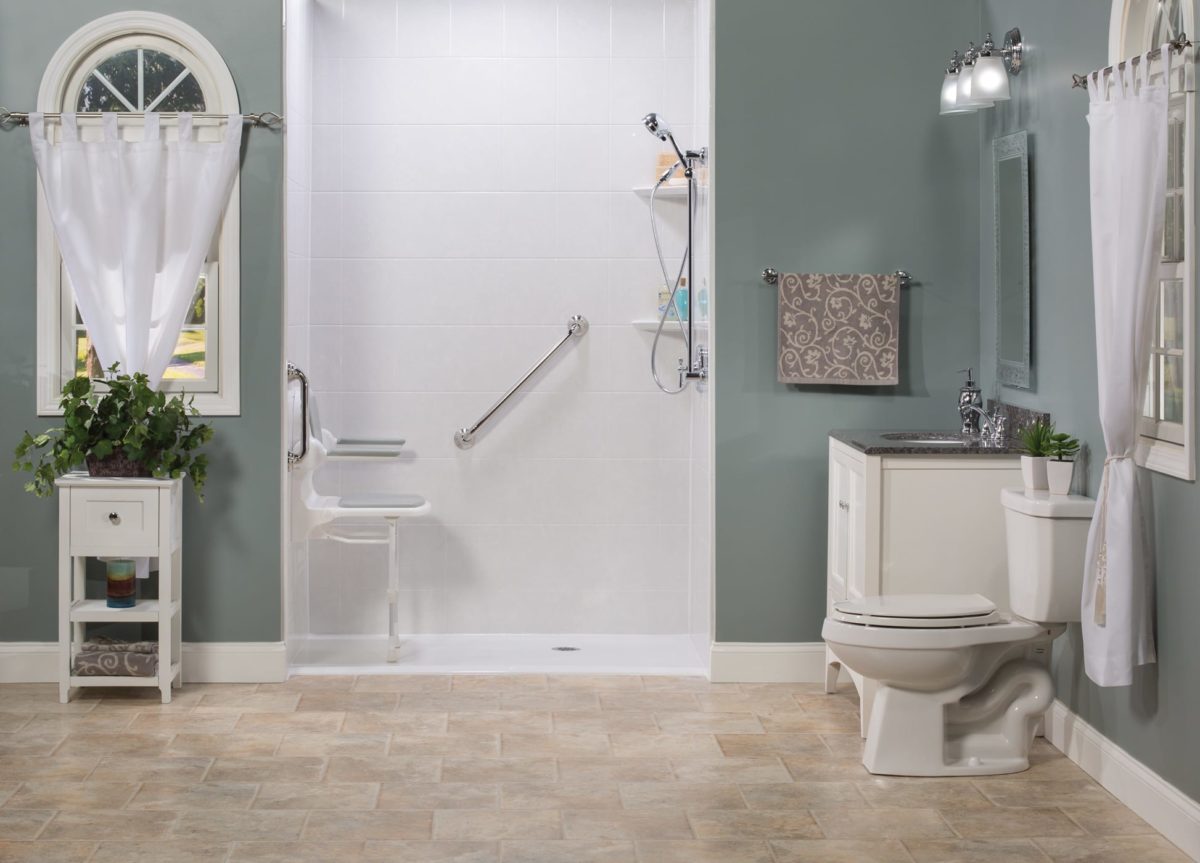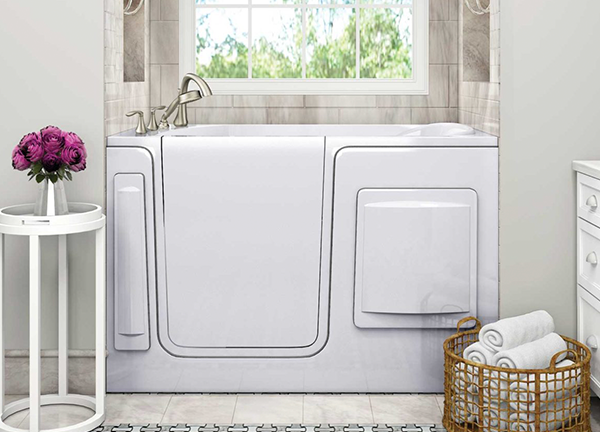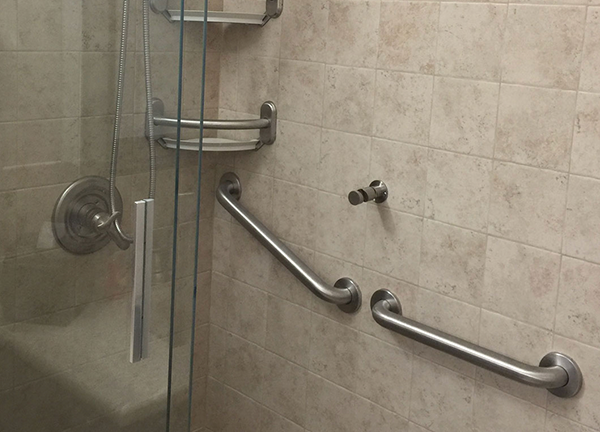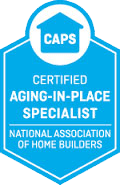Living with Parkinson’s Disease presents a unique set of challenges, especially when it comes to maintaining a comfortable and mobile lifestyle within the home. The progression of the disease can lead to a myriad of mobility issues, from tremors and stiffness to balance problems and freezing episodes, affecting patients in various ways. However, with the right tools, education, and support, it’s possible to adapt your home environment and daily routines to optimize mobility and maintain independence.
Understanding Parkinson’s Disease
Living with Parkinson’s Disease can affect the daily activities and routines of patients in various ways. For instance, simple tasks like getting dressed, preparing meals, or even moving from one room to another may become increasingly difficult over time. As a result, it’s important to make adaptations and modifications within the home environment to support and assist patients in these activities.
Parkinson’s Disease (PD) is a progressive nervous system disorder that affects movement, with symptoms gradually worsening over time. Mobility can become a significant challenge in later stages, but early intervention and thoughtful planning can greatly improve the ability to move around safely at home. This is critical, as maintaining independence in daily activities has a direct impact on one’s physical and emotional well-being.
Patients may also experience freezing of gait, dystonia (involuntary muscle contractions), and problems with fine motor skills and coordination. Each symptom presents its own set of challenges. Recognizing the specific symptoms and understanding how they affect mobility is crucial. Physical symptoms include:
- Tremors: In the limbs, especially hands and fingers, even at rest.
- Bradykinesia: Slowed motion making simple tasks difficult and time-consuming.
- Muscle Rigidity: Stiffness which can limit range of motion and cause pain.
- Postural Instability: Impaired balance leading to falls.
Home Mobility Solutions
When mobility becomes compromised, simple activities can become daunting. To maintain independence and safety, consider making modifications to your home environment. Minor changes can make a significant difference in reducing strain on patients with Parkinson’s Disease.
Assistive devices designed to help with mobility
-
- Canes and Walking Sticks: Providing support and helping with balance.
- Walkers: For those who need more stability and help with weight-bearing.
- Wheelchairs and Scooters: For those with more advanced mobility issues.
Home Modifications for Improved Accessibility
Making simple adjustments to your home can make a world of difference. This includes:
-
- Installing Grab Bars and Handrails: Enhance safety and accessibility in your home by installing grab bars and handrails. These fixtures provide essential support and stability, especially in bathrooms and other key areas where extra assistance is needed. By adding these features, you can create a more secure environment for yourself and your loved ones.
- Lowering Shelves and Cabinets: By adjusting the height of shelves and cabinets to make sure items are easily accessible without the need to strain or overreach, you can create a safer and more convenient storage solution in your space.
- Widening Doorways and Hallways: One effective way to enhance accessibility is by widening doorways and hallways. This modification not only facilitates easier navigation for individuals using mobility aids but also promotes a more inclusive and accommodating environment for everyone.
Exercise Programs Tailored for Parkinson’s Patients
Physical activity and specific exercises are known to have a positive impact on motor symptoms. These include:
-
- Balance and Strength Training: To enhance overall stability and minimize the likelihood of falls, incorporating exercises that focus on balance, core strength, and flexibility into your routine can be highly beneficial.
- Yoga and Tai Chi: Beneficial for improving overall fitness, incorporating exercises that focus on enhancing flexibility and balance can help in preventing injuries and promoting better posture.
- Repetitive Motion Exercises: Activities such as cycling and swimming are excellent ways to maintain and enhance coordination skills. Engaging in these physical exercises not only benefits coordination but also promotes overall fitness and well-being.
Enhancing Quality of Life
Beyond just managing physical mobility, it’s important to aim for a high quality of life for those living with Parkinson’s. This can be achieved through:
Social Engagement Strategies
Maintaining social connections is vital and can be sustained through:
-
- Involvement in community groups
- Utilizing technology for remote social interactions
- Engaging in hobbies and activities that bring joy
Mental Health Support
Parkinson’s can take a toll on mental health, but strategies such as:
-
- Seeking counseling or support groups
- Practicing mindfulness and relaxation techniques
- Staying active intellectually, can all be beneficial
Adaptive Technologies for Independence
Technological advancements offer a wide array of tools:
-
- Smart home devices for controlling lights, temperature, and more with voice commands
- Wearable devices that track movement, provide alerts, and even assist with falls
- Customized apps for medication reminders, therapy support, and symptom tracking
Home Modifications for Enhanced Quality of Life
While addressing mobility and safety is paramount, enhancing the overall quality of life for individuals with Parkinson’s Disease also involves creating a living space that promotes comfort, convenience, and emotional well-being. To achieve this, consider these home modifications:
-
- Adjustable Lighting: Incorporating adjustable lighting systems can help address the sensitivity to light that some individuals may experience, and create an environment that’s easier on the eyes. Being able to control light intensity can also help in setting a comfortable atmosphere conducive to relaxation and well-being.
- Noise Reduction Materials: Using carpets, rugs, and wall fabrics can significantly reduce noise levels in the home. These modifications are particularly beneficial as they can help in creating a quieter, more peaceful living environment that reduces stress and enhances concentration.
- Ergonomic Furniture: Opting for furniture that supports good posture and offers comfort can make a significant difference in daily life. Recliners with lift assistance, adjustable beds, and chairs with ample support can enhance comfort, support daily activities, and promote better rest and relaxation.
- Simplified Home Layout: Minimizing clutter and ensuring a straightforward, accessible home layout can greatly reduce the risk of accidents and promote easier navigation. This involves organizing the space in a way that is intuitive and free of obstacles, particularly for those who use mobility aids.
- Personal Emergency Response Systems (PERS): Installing a PERS offers peace of mind by ensuring that help is readily available at the push of a button. This is particularly important for individuals living alone or those who may be at risk of falls.
By incorporating these modifications, individuals living with Parkinson’s can enjoy a higher quality of life, marked by greater independence, safety, and comfort within their own homes.
Navigating Parkinson’s Disease as the Caregiver
The role of caregivers in the lives of individuals with Parkinson’s Disease is pivotal, often requiring tireless dedication and patience. Home modifications designed to support those with Parkinson’s indirectly benefit caregivers by reducing the physical and emotional strain associated with their responsibilities. These adaptations can streamline caregiving routines, making it easier to assist with daily activities and mobility, which, in turn, reduces the risk of injury for both the caregiver and the person with Parkinson’s. For example, installing grab bars and handrails can minimize the need for physical support from the caregiver, fostering a safer environment for transfers and mobility. Additionally, by enhancing the independence of individuals with Parkinson’s through these modifications, caregivers can experience a reduction in the constant need for vigilance, providing them with much-needed respite. This not only helps in maintaining the caregiver’s physical health but also aids in preserving their mental well-being, allowing for a more sustainable caregiving situation over the long term. Consequently, these home modifications recognize the crucial role caregivers play and provide them with practical tools to manage care more effectively, all while promoting a more positive and manageable caregiving experience.
Navigating Parkinson’s Disease at Home: Solutions for Mobility Challenges
The road to navigating Parkinson’s Disease within the home is one that requires patience, education, and a willingness to adapt. By taking a proactive approach and availing oneself of the wealth of resources and solutions available, individuals with Parkinson’s and their caregivers can ensure a safe, supportive, and enriching home environment. Remember, you’re not alone. Reach out to healthcare professionals, support groups, and organizations dedicated to Parkinson’s care for tailored advice and assistance on your unique mobility challenges.
Whether it’s through simple adjustments to your living space, incorporating assistive devices into your routine, or establishing a network of support, there are numerous steps you can take to enhance your mobility at home. Start by assessing your specific needs and capabilities, and gradually integrate the strategies that work best for you. The key is to maintain an active role in managing your mobility, focusing on what’s possible, and continually seeking solutions that allow you to live the life you desire.
Ready to transform your home into a more accessible and comfortable space for those living with Parkinson’s Disease? Home Mobility Pros is here to guide you through every step of the process. From personalized assessments of your living environment to the installation of the latest assistive devices and accessibility modifications, our team of experts is dedicated to empowering individuals with Parkinson’s to lead more independent and fulfilling lives.
Don’t wait to make the changes that can significantly enhance day-to-day living. Contact Home Mobility Pros today, and take the first step towards a safer, more accessible home tailored to your unique needs. Together, we can overcome mobility challenges and ensure that your home is not just a place to live, but a space where you can thrive.

